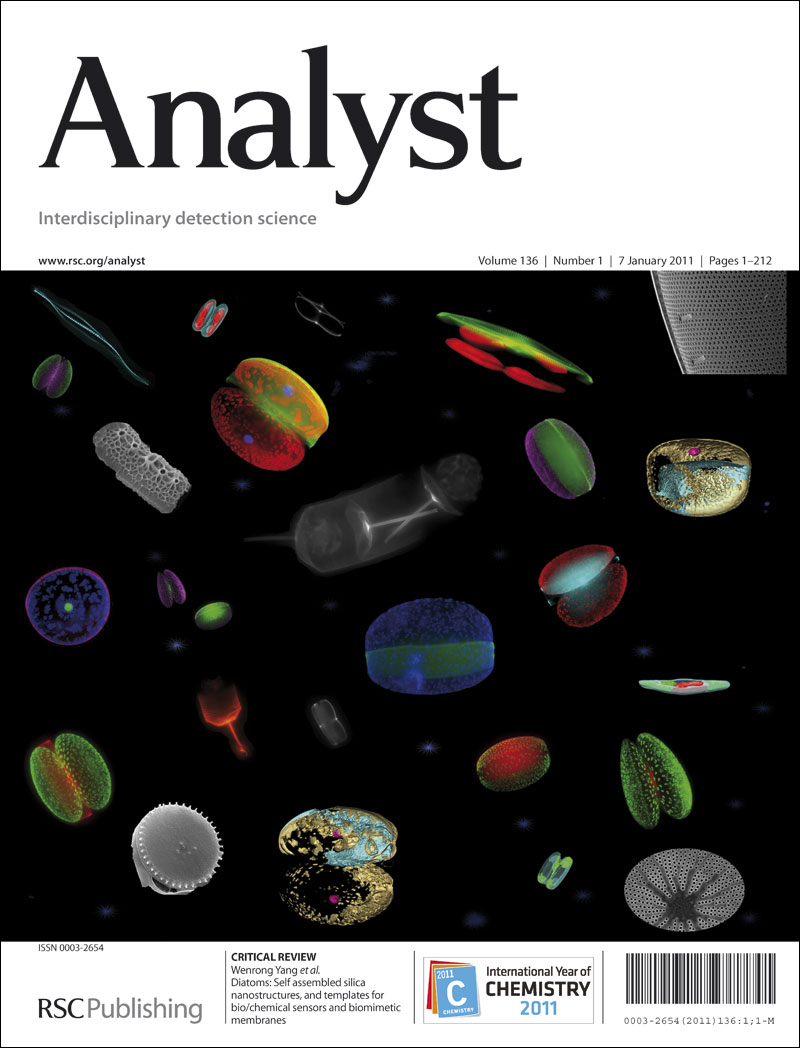Eco-Friendly HPLC: Assessing the Sustainable Analysis of Alfuzosin, Tamsulosin, and Tadalafil Newly Approved Combinations in Organic-Solvent Free Mixed Micellar Systems
IF 3.6
3区 化学
Q2 CHEMISTRY, ANALYTICAL
引用次数: 0
Abstract
In 2019, 94.00 million prevalent cases of benign prostatic hyperplasia (BPH) were reported, accounting for 2.48% of the global population. BPH is a significant urological health concern worldwide, leading to considerable economic burdens. The European and American guidelines for lower urinary tract symptoms were recently updated in 2023/2024 to support combination therapy of alpha-1 blockers with phosphodiesterase-5 inhibitors. Also, patents describing this combination were previously reported. For the first time, a totally green organic-solvent free mixed-micellar liquid chromatography method was developed to simultaneously analyze alpha-1 blockers (Alfuzosin; ALF and Tamsulosin; TMS) and phosphodiesterase-5 inhibitor (Tadalafil; TAD). Response surface methodology optimized the critical chromatographic variables, and design space representing the robustness zone was identified. Separation was achieved on RP-C18 column (150× 4.6 mm, 5 µm) using a green mixture of Brij-35 (19.91 mM), SDS (130.00 mM), and sodium dihydrogen phosphate buffer (10.00 mM) pH 4.65. The flow rate was set at 1.5 mL/min and UV detection was 250, 285 and 214 nm for ALF, TAD and TMS, respectively. The method was validated over concentration ranges of (5.00 –100.00 µg/mL) for all drugs with detection limits of 0.77, 1.23 and 1.59 µg/mL, and quantification limits of 2.35, 3.73 and 4.82 µg/mL for ALF, TAD and TMS, respectively. The method was applied to determine analytes in their prepared tablets and pharmaceutical products. Greenness was assessed using the Analytical GREEnness metric approach (AGREE) and the blue applicability grade index (BAGI) with scores of 0.76 and 82.5, respectively. These scores underline the superiority of the proposed procedure compared to the previously reported ones.求助全文
约1分钟内获得全文
求助全文
来源期刊

Analyst
化学-分析化学
CiteScore
7.80
自引率
4.80%
发文量
636
审稿时长
1.9 months
期刊介绍:
"Analyst" journal is the home of premier fundamental discoveries, inventions and applications in the analytical and bioanalytical sciences.
 求助内容:
求助内容: 应助结果提醒方式:
应助结果提醒方式:


